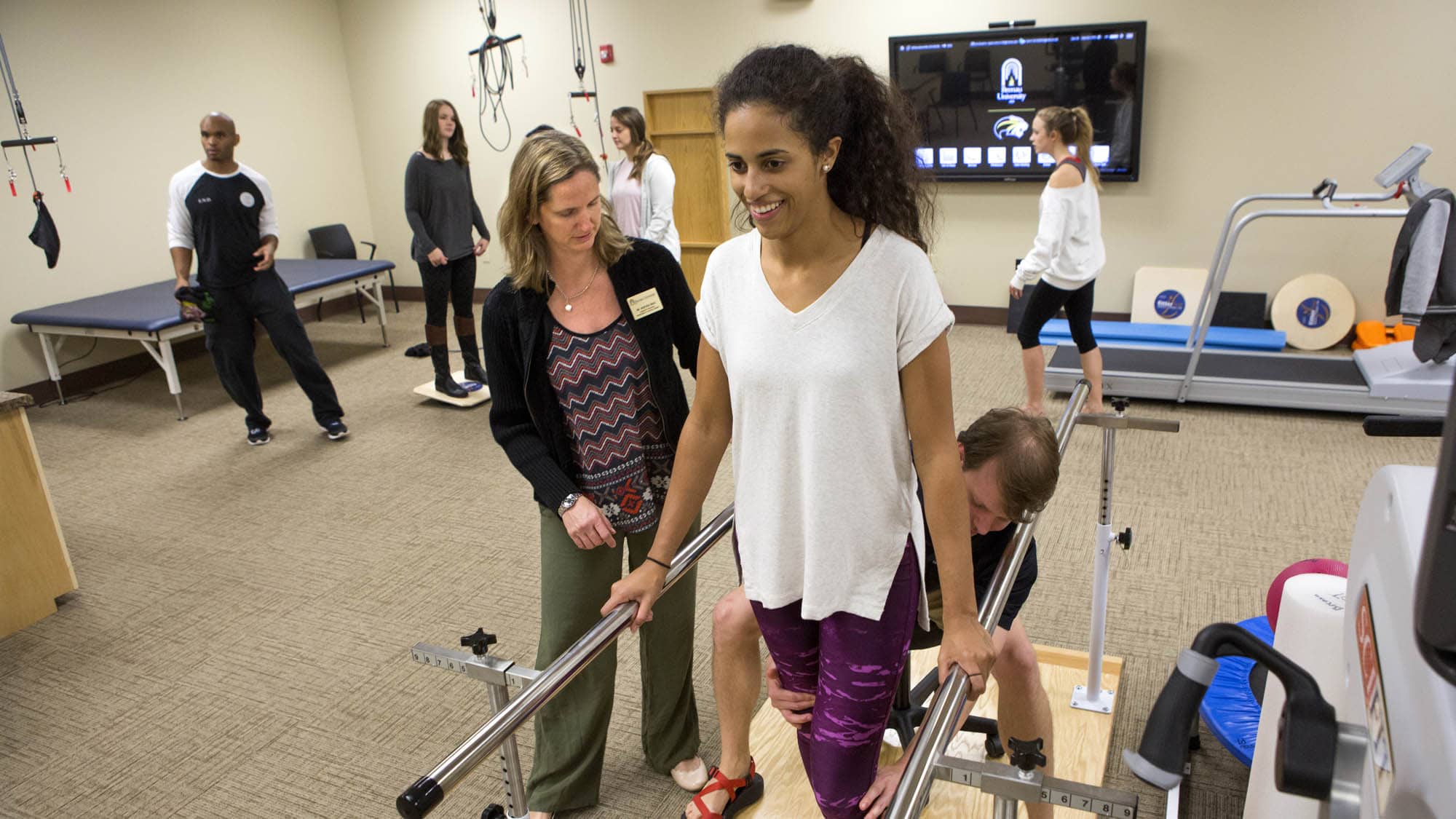Enhancing Rehab Outcomes Via Effective Functional Motion Screening Guidelines
Enhancing Rehab Outcomes Via Effective Functional Motion Screening Guidelines
Blog Article
Operational Movement Screening (FMS) is a beneficial instrument used to assess an individual's movement mechanics. This screening aids identify any deficiencies or discrepancies in the body, which can result to harm if not addressed. In recovery settings, FMS can play a critical role in enhancing rehabilitation results. By understanding how each person navigates, healthcare professionals can develop focused rehabilitation plans that focus on enhancing strength, flexibility, and general function.
One of the main advantages of using FMS in rehabilitation is its capability to pinpoint particular aspects that need improvement. For instance, if a patient has difficulty with squat movements or lunge movements, it may indicate a lack of flexibility in their hip joints or ankles. This information allows clinicians to create customized exercise programs that emphasize addressing these deficits. As a consequence, patients are more likely to regain their power and functionality, which is essential for resuming to daily activities or athletics.
Implementing effective FMS procedures can also help avoid future injuries. Many damages happen due to poor mobility mechanics or excessive use of specific muscle clusters. By evaluating individuals before they begin a recovery program, clinicians can detect risks and implement approaches to reduce them. Educating patients about appropriate movement patterns and enhancing weak areas can lead to sustained advantages, hip rehabilitation ensuring that they remain engaged and healthy.
Moreover, the use of FMS can enhance communication between healthcare providers and clients. When patients see their mobility mechanics assessed and clarified, they gain a better understanding of their rehabilitation process. This transparency builds trust and encourages patients to take an engaged part in their recovery. By involving patients in their recovery journey, they are more likely to follow to prescribed exercises and behavioral adjustments that promote better outcomes.
In summary, improving rehabilitation outcomes through efficient operational movement screening protocols is essential for both clients and healthcare providers. By accurately evaluating movement patterns, clinicians can create tailored recovery programs that address specific requirements. This not only aids in recovery but also assists prevent try this out future injuries. As patients become more involved in their recovery journey, they are likely to attain their objectives and sustain a healthy, active way of living.